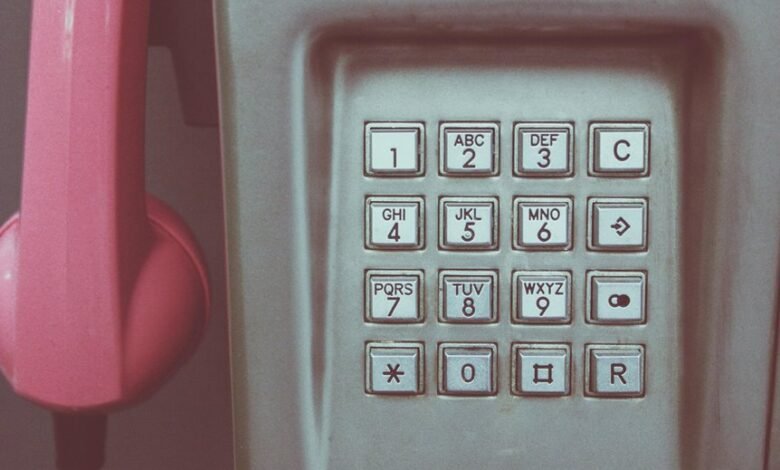Who Called Me? 3669743258, 3509342445, 3248829472, 3278535736, 3533628951, 3533865642

Numerous individuals have reported receiving calls from the numbers 3669743258, 3509342445, 3248829472, 3278535736, 3533628951, and 3533865642. These calls often raise questions regarding their legitimacy. The potential link to telemarketers or scams necessitates a closer examination. Understanding the origin and intent of these calls can be crucial. However, the process of identifying and handling such calls requires further exploration of effective strategies and preventive measures.
Understanding the Callers: A Breakdown of the Numbers
Understanding the nature of incoming calls requires a comprehensive analysis of the associated phone numbers. By examining caller ID data, one can discern patterns and potential origins of calls.
Each phone number carries distinct characteristics, revealing insights about the caller’s intent and legitimacy. This analysis empowers individuals to make informed decisions, safeguarding their autonomy and enhancing their ability to manage unsolicited communications effectively.
How to Identify Unknown Callers
How can individuals effectively identify unknown callers in an age of rampant telemarketing and potential scams?
Utilizing caller ID can provide initial information about incoming calls. However, discerning the legitimacy of these calls requires adherence to proper phone etiquette, including avoiding immediate engagement.
Additionally, researching unfamiliar numbers online or using dedicated apps can enhance caller identification and safeguard personal privacy against potential threats.
What to Do If You Receive a Suspicious Call
Receiving a suspicious call can trigger a range of responses, but a methodical approach is essential for ensuring safety and security.
Individuals should prioritize reporting suspicious numbers to relevant authorities and consider blocking unknown callers to prevent further disturbances.
Documenting details such as the time and nature of the call can assist in investigations, reinforcing personal safety while maintaining autonomy in communication.
Protecting Yourself From Telemarketing and Scams
While many individuals may find telemarketing calls and scams to be an unavoidable aspect of modern communication, there are effective strategies to minimize exposure and protect personal information.
Employing call-blocking technologies, registering with the National Do Not Call Registry, and recognizing common telemarketing tactics can enhance scam prevention.
Vigilance and informed decision-making empower individuals to safeguard their privacy and maintain autonomy in communication.
Conclusion
In a world where connectivity is at our fingertips, receiving calls from numbers like 3669743258 or 3509342445 serves as a reminder that not all connections are beneficial. Ironically, the very technology designed to enhance communication often opens the door to telemarketing and scams. By leveraging caller ID and diligent research, individuals can navigate this digital minefield, ensuring their safety. Ultimately, while technology promises convenience, it also demands vigilance, transforming the simple act of answering a call into a calculated risk.




